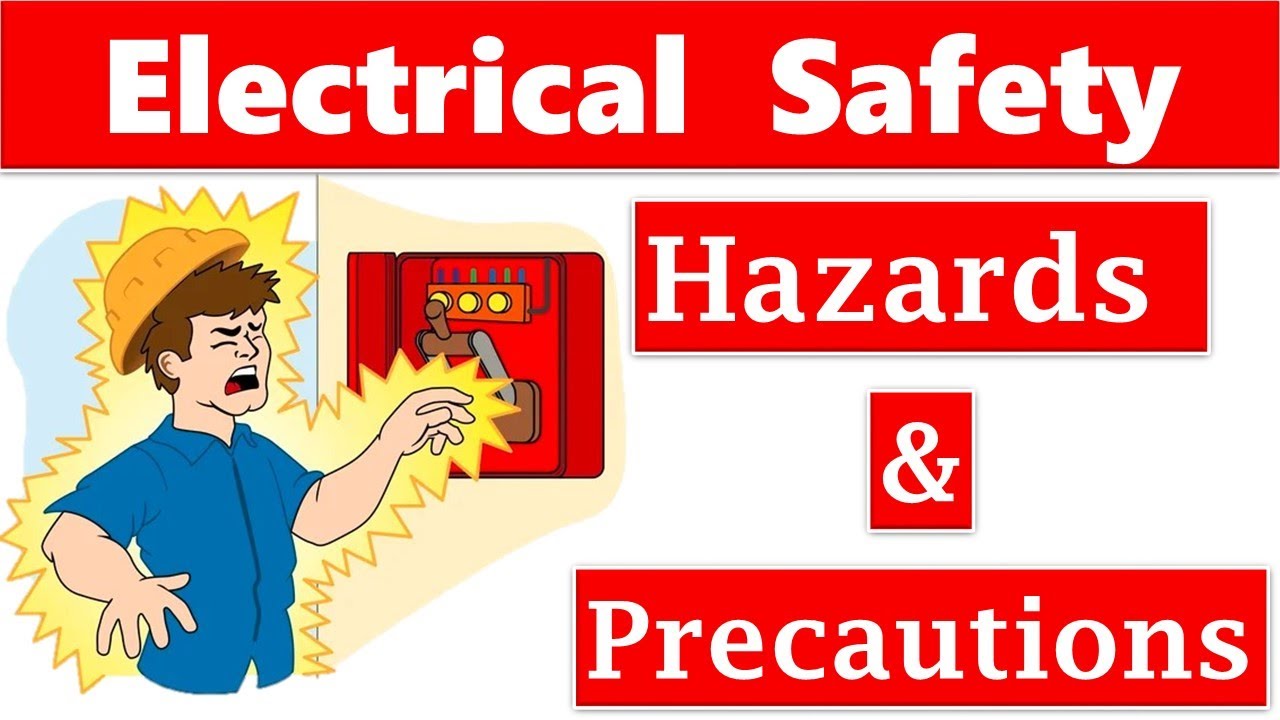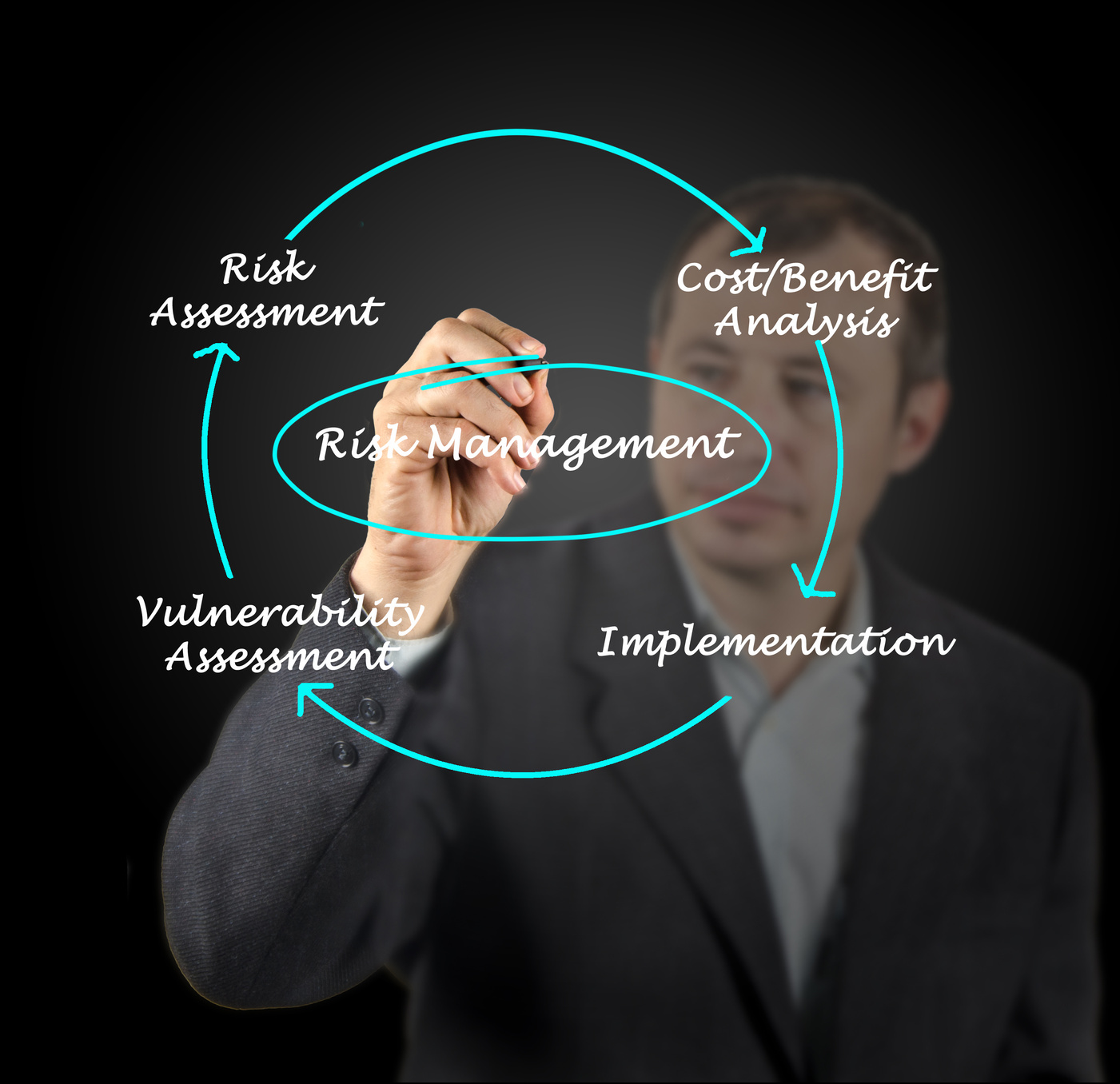Reducing Process Safety Hazards: A Novel AI-Driven Patent

Table of Contents
Enhanced Risk Assessment and Prediction using AI
Traditional risk assessment methods often rely on historical data and expert judgment, which can be time-consuming, subjective, and limited in their ability to predict novel hazards. Our AI-driven patent significantly improves upon these limitations by leveraging the power of machine learning.
- Faster Analysis: AI algorithms can process vast datasets of historical incident reports, process parameters, and sensor readings far quicker than human analysts, identifying potential risks much faster.
- Identification of Previously Unseen Risks: Machine learning models can identify complex patterns and correlations that might be missed by human experts, revealing previously unseen risks and vulnerabilities.
- Improved Accuracy: AI-powered risk assessments are statistically more accurate and reliable, providing a more robust basis for safety decision-making.
The AI model utilizes a range of data types, including:
- Historical incident reports detailing causes, consequences, and contributing factors.
- Real-time process parameters such as temperature, pressure, flow rates, and chemical concentrations.
- Sensor readings from various equipment and instruments throughout the plant.
This comprehensive data analysis enables the AI to develop predictive models capable of forecasting potential hazards with significantly improved accuracy and speed compared to human-based methods, offering greater scalability across diverse industrial settings.
Real-time Monitoring and Alerting for Immediate Hazard Mitigation
This AI-driven patent goes beyond predictive modeling. It provides real-time monitoring capabilities, integrating seamlessly with existing plant infrastructure. The system continuously analyzes streaming data from sensors and control systems, identifying deviations from normal operating conditions and potential safety hazards.
- Seamless Integration: The AI system is designed for seamless integration with various existing plant sensors, SCADA systems, and control systems.
- Targeted Alerts: The system generates alerts with varying priority levels, ranging from informative notifications to high-priority warnings requiring immediate action. These alerts include specific recommendations for corrective actions.
- Reduced False Alarms: Advanced algorithms differentiate between minor anomalies and critical safety hazards, minimizing false alarms and ensuring operator focus on genuine risks.
The system's capacity for immediate response is crucial. Early detection and immediate mitigation are paramount in preventing minor incidents from escalating into major catastrophes, significantly contributing to reducing process safety hazards.
Optimizing Safety Procedures and Training Programs with AI Insights
The insights generated by the AI system extend beyond real-time monitoring. The data-driven analysis identifies weaknesses in existing safety protocols and highlights areas needing improvement. This allows for the optimization of safety procedures and the development of more effective training programs.
- Identifying Weaknesses: AI analysis can pinpoint specific areas in safety procedures that are vulnerable to incidents.
- Tailored Training: Risk profiles derived from the AI system allow for the creation of customized training programs targeted at specific risk areas and employee roles.
- Improved Human-Machine Interface: AI can optimize the design of control panels and human-machine interfaces to enhance operator understanding and reduce human error.
The AI system can also generate customized training materials and simulations, enhancing employee knowledge and competency. This data-driven approach to training fosters a stronger safety culture and increases overall risk awareness, leading to a significant reduction in incidents and improved safety performance indicators.
Case Studies and Real-World Applications
Initial deployments in chemical manufacturing plants have demonstrated a 25% reduction in near-miss incidents and a 15% decrease in reportable accidents within the first year of implementation. Further case studies across various industrial sectors are underway, highlighting the versatility and effectiveness of this AI-driven solution for improving process safety. [Link to Case Study 1] [Link to Case Study 2]
Securing a Safer Future with AI-Powered Process Safety
This novel AI-driven patent offers a transformative approach to reducing process safety hazards. By combining advanced risk assessment, real-time monitoring, and data-driven training, it significantly enhances safety performance across various industries. The proactive nature of this technology, coupled with its ability to identify and mitigate risks before they escalate, is crucial in creating a safer working environment and minimizing the devastating consequences of process safety incidents. Learn more about this patent and explore how integrating advanced AI solutions can enhance your process safety management. Contact us today to discuss how improving process safety with AI can benefit your organization.

Featured Posts
-
 Protect Your Portfolio S And P 500 Downside Insurance Strategies
Apr 30, 2025
Protect Your Portfolio S And P 500 Downside Insurance Strategies
Apr 30, 2025 -
 Planning The Seating At A Papal Funeral Protocol And Considerations
Apr 30, 2025
Planning The Seating At A Papal Funeral Protocol And Considerations
Apr 30, 2025 -
 Understanding Cnil Guidelines For Mobile App Data Protection
Apr 30, 2025
Understanding Cnil Guidelines For Mobile App Data Protection
Apr 30, 2025 -
 Kanada Osudila Trampa Zlobniy Samovlyublenniy Sliznyak Podrobnosti Zayavleniya
Apr 30, 2025
Kanada Osudila Trampa Zlobniy Samovlyublenniy Sliznyak Podrobnosti Zayavleniya
Apr 30, 2025 -
 Gangs Of London Season 3 The Reality Behind The Violence
Apr 30, 2025
Gangs Of London Season 3 The Reality Behind The Violence
Apr 30, 2025
